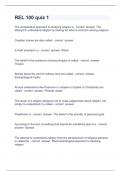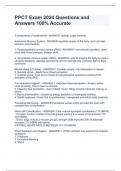Class notes
Lecture Notes Violence and the Brain 2022 & 2023
- Course
- Institution
The lecture notes of the colleges of Violence and the Brain. It includes all the information given in 2022, and updated with information on the slides of 2023.
[Show more]












